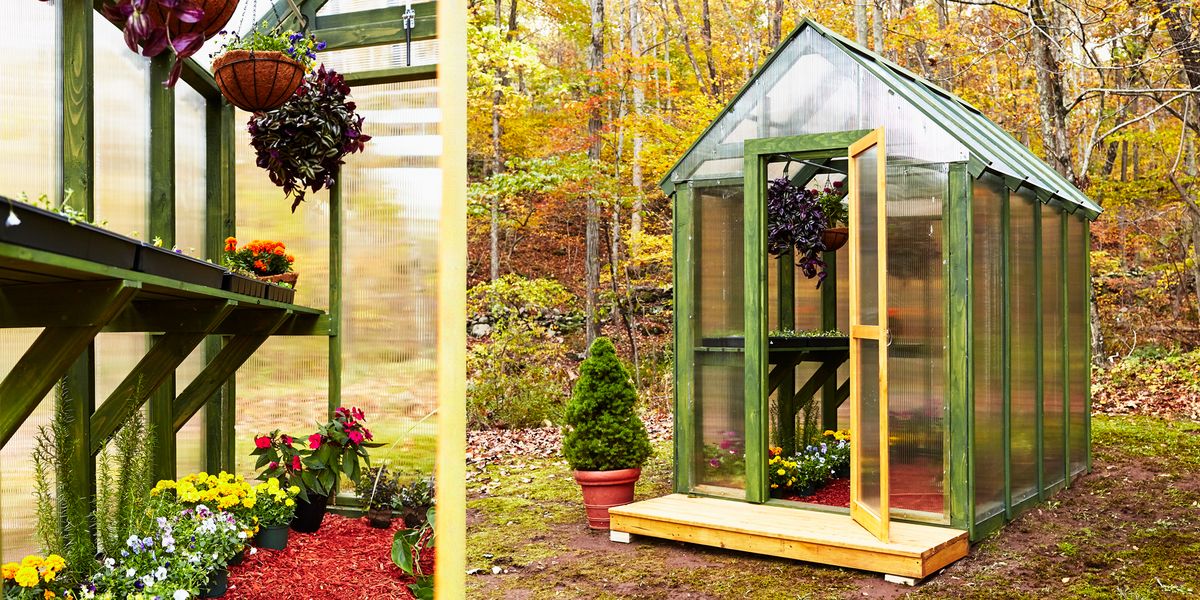Business Expanding Solutions: Monarch Commercial Greenhouse Utah Innovations
Wiki Article
The Future of Greenhouses: Advancements in Lasting Farming
Are you curious about the future of greenhouses and exactly how they are changing sustainable farming? From sophisticated climate control systems to vertical farming strategies, water-efficient watering approaches, eco-friendly power combination, and smart information analytics, these advancements are changing the method we grow our food.Advanced Environment Control Solution
To accomplish optimal expanding conditions, you can rely upon the advancements in greenhouses with innovative environment control systems. These systems have revolutionized the means we grow crops, providing a regulated environment that contributes to plant development. With these innovative systems, you can currently manipulate temperature level, moisture, light levels, and also CO2 focus to produce the ideal problems for your plants to flourish.Among the essential features of these innovative environment control systems is their capacity to regulate temperature level. By using sensing units and automated controls, the greenhouse can readjust the temperature based upon the particular demands of the plants. This makes sure that they are never ever revealed to extreme warm or cool, which can be damaging to their development.
Moisture control is one more crucial element of these systems. By keeping the perfect moisture levels, you can avoid concerns such as mold, mildew, and illness from affecting your crops. These systems can additionally regulate the amount of light that gets to the plants, making sure that they receive the optimum amount for photosynthesis.
In addition, advanced climate control systems can even control carbon dioxide concentrations. By enhancing the degrees of carbon dioxide in the greenhouse, you can boost plant growth and productivity. This is particularly advantageous in areas with low all-natural carbon dioxide levels.
Upright Farming Techniques
One crucial upright farming strategy is using stacked growing systems. Stacked expanding systems are typically used in urban locations where room is limited.One prominent technique is referred to as vertical hydroponics, where plants are grown in nutrient-rich water without dirt. This technique is very effective as it decreases water usage by up to 90% compared to traditional farming approaches. In addition, considering that the plants are grown indoors, they are safeguarded from parasites and conditions, lowering the demand for chemicals.
Another strategy is aeroponics, which includes putting on hold the plant roots in a haze or air setting. This technique enables optimum nutrient absorption and oxygenation, leading to faster development and greater returns. Aeroponics also makes use of less water than conventional farming and can be implemented in upright systems, making it a preferred choice for upright farming.
Water-efficient Irrigation Approaches
When it comes to executing water-efficient watering methods in lasting agriculture,Optimizing water conservation is necessary. With global water shortage coming to be a pressing issue, it is vital to develop ingenious strategies that optimize water usage in greenhouse operations.One encouraging method is drip irrigation, which provides water straight to the plant roots, lessening waste and dissipation. By utilizing a network of tubes with little emitters, water is used slowly and exactly, making sure that plants receive the needed moisture without excess runoff.
One more reliable strategy is making use of soil wetness sensing units. These tools measure the moisture material in the soil and give real-time information to farmers. By checking the soil's wetness levels, farmers can properly figure out when and exactly how much water to apply, stopping over-irrigation.
Furthermore, the execution of rainwater harvesting systems is gaining appeal in greenhouse agriculture. Gathering rain from rooftops and keeping it in containers enables farmers to use this natural resource for watering purposes, decreasing dependence on conventional water resources.
Lastly, the adoption of automated watering systems can dramatically improve water effectiveness. These systems utilize sensing units to detect dirt wetness degrees and climate condition, readjusting irrigation routines appropriately. By optimizing water use based upon actual plant needs, these systems can minimize water waste and advertise lasting farming methods.
Renewable Power Integration
Renewable energy combination in greenhouses offers numerous advantages, consisting of reduced running costs and reduced reliance on non-renewable energy sources. The generated power can after that be used to run different operations within the greenhouse, such as illumination, heating, and air flow systems. These wind turbines harness wind Monarch Commercial Greenhouse Utah power and transform it into electrical power, which can be utilized to supplement the energy requirements of the greenhouse.Smart Information Analytics and Automation
To enhance the effectiveness of your greenhouse operations and enhance resource use, take into consideration implementing smart data analytics and automation. Smart data analytics involves collecting and examining data from various sensors and devices within your greenhouse.
This can include automating the control of lights, air flow, irrigation systems, and nutrient delivery. By automating these processes, you can guarantee that your plants obtain the ideal conditions and nutrients at the right time, without the demand for continuous manual treatment.
In addition, wise data analytics and automation can interact synergistically. The information gathered by sensors can be utilized to inform computerized systems, enabling them to make real-time adjustments based upon the present problems. This combination of data analytics and automation can cause more effective and exact resource appropriation, eventually resulting in higher returns and better plant quality.
Final Thought
To conclude, the future of greenhouses in lasting agriculture looks appealing. With innovative climate control systems, upright farming techniques, water-efficient watering methods, and sustainable power integration, greenhouses are coming to be more ecologically pleasant and efficient. Furthermore, using smart data analytics and automation better enhances efficiency and reduces waste. These innovations are paving the method for an extra effective and sustainable farming industry, making sure a greener and much healthier future for all.
By maximizing water use based on actual plant needs, these systems can lower water waste and advertise lasting farming practices.

Report this wiki page